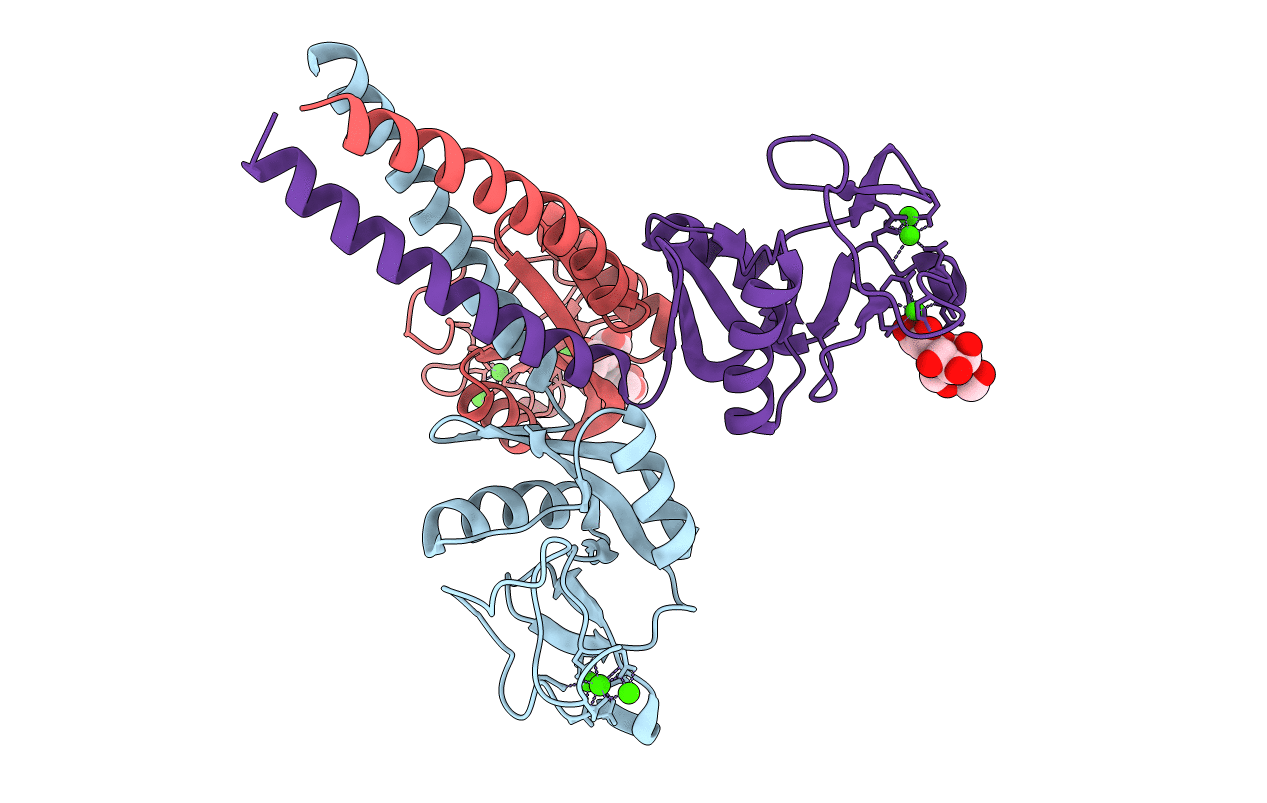
Deposition Date
2012-03-13
Release Date
2013-03-27
Last Version Date
2024-11-20
Entry Detail
PDB ID:
4E52
Keywords:
Title:
Crystal structure of Haemophilus Eagan 4A polysaccharide bound human lung surfactant protein D
Biological Source:
Source Organism:
Homo sapiens (Taxon ID: 9606)
Host Organism:
Method Details:
Experimental Method:
Resolution:
1.70 Å
R-Value Free:
0.21
R-Value Work:
0.19
Space Group:
P 1 21 1


